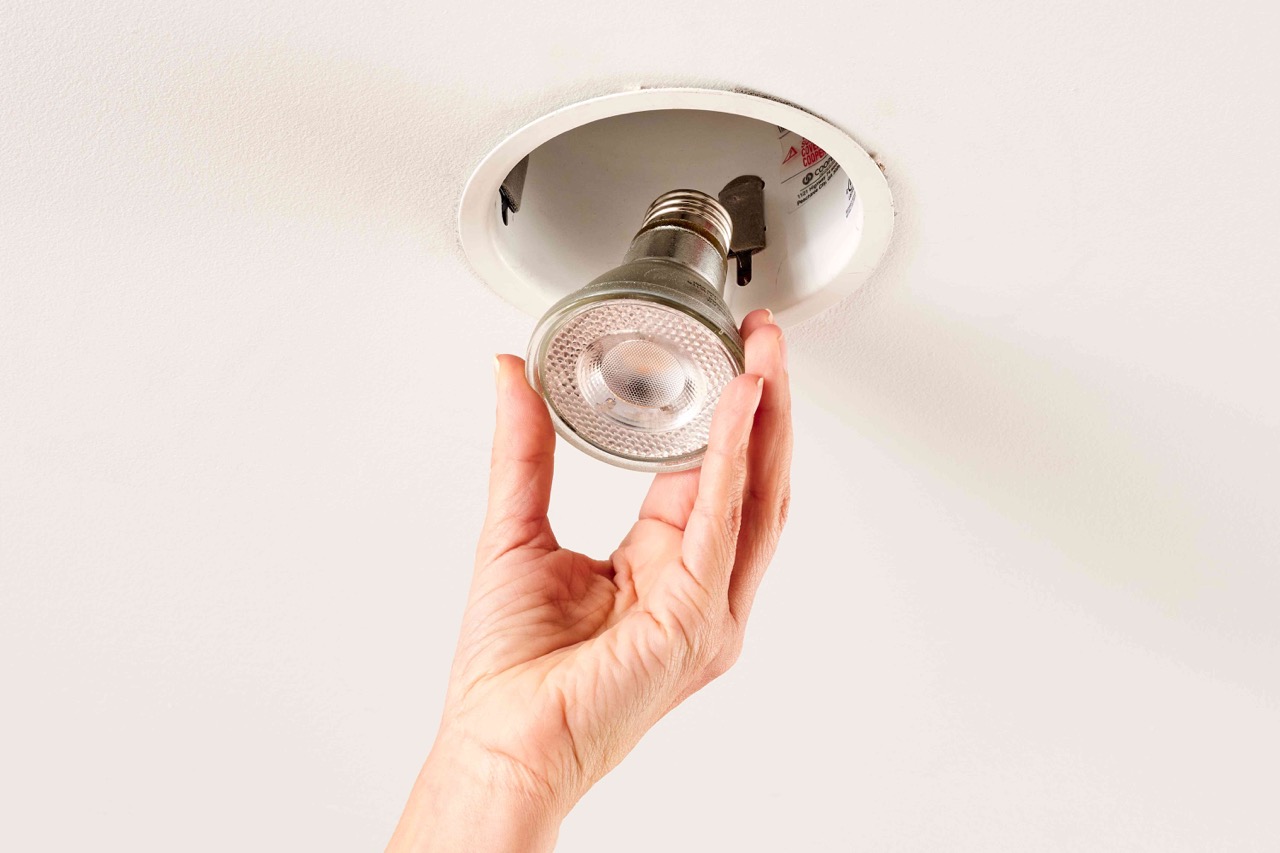

Articles
How To Remove A Stuck Light Bulb Recessed
Modified: February 22, 2024
Learn how to remove a stuck light bulb in a recessed fixture with our helpful articles.
(Many of the links in this article redirect to a specific reviewed product. Your purchase of these products through affiliate links helps to generate commission for Storables.com, at no extra cost. Learn more)
Introduction
Changing a light bulb is usually a straightforward task that requires a few simple steps. However, there may be instances where you encounter a stubborn or stuck light bulb in a recessed fixture. This can be frustrating and often requires some extra effort to remove. In this article, we will guide you through the process of safely removing a stuck light bulb from a recessed fixture.
Before we dive into the steps, it is crucial to prioritize safety. Whenever you work with electricity and lighting fixtures, it is essential to take precautions to avoid any potential hazards.
In the following sections, we will provide a step-by-step guide on how to remove a stuck light bulb from a recessed fixture. We will also share some tips and tricks to assist you in successfully completing the task while minimizing the risk of injury. So, let’s get started!
Key Takeaways:
- Prioritize safety by turning off the power, wearing protective gear, and using patience when attempting to remove a stuck light bulb from a recessed fixture. If unsuccessful, seek professional help to avoid potential hazards.
- Gather necessary tools, apply lubricant, and create a DIY bulb remover tool to increase your chances of success. If all attempts fail, don’t hesitate to seek professional assistance for a safe resolution.
Read more: How To Remove A Stuck Light Bulb
Safety Precautions
Before attempting to remove a stuck light bulb from a recessed fixture, it is crucial to prioritize your safety. Here are some important safety precautions to keep in mind:
- Turn off the Power: Before working on any electrical fixtures, ensure that the power to the specific light fixture is turned off. Locate the circuit breaker or switch that controls the power to the fixture and flip it to the “off” position. This step is vital to prevent any electrical shocks or accidents.
- Gather the Necessary Tools: Make sure you have all the required tools at hand. These may include a step ladder, safety glasses, gloves, lubricant, a rubber glove or jar opener, and a replacement bulb in case the original one breaks during the removal process.
- Protect Your Hands and Eyes: It is recommended to wear protective gloves and safety glasses throughout the process. These items will ensure that your hands are shielded from potential injuries and that your eyes are protected from any glass shards or debris that may be released during the bulb removal.
- Inspect the Fixture: Before attempting to remove the stuck light bulb, carefully inspect the fixture for any visible damage or signs of malfunction. If you notice any electrical issues or suspect that the fixture is faulty, it is advisable to seek professional assistance rather than attempting to fix it yourself.
- Do Not Use Excessive Force: When dealing with a stuck light bulb, it is important to avoid using excessive force or putting too much pressure on the bulb. This can increase the risk of the bulb shattering, causing potential injuries. Take your time and proceed with caution.
- Consult Manufacturer Guidelines: If you have access to the product manual or guidelines from the manufacturer, refer to them for specific instructions on how to safely remove a stuck light bulb from the recessed fixture. This can provide valuable insights and tailored approaches for your specific fixture model.
By following these safety precautions, you can ensure a safe working environment and minimize the risks associated with removing a stuck light bulb from a recessed fixture. Remember, if you are unsure or uncomfortable with any step of the process, it is best to seek professional help.
Step 1: Turn Off the Power
Before beginning the process of removing a stuck light bulb from a recessed fixture, it is crucial to turn off the power to the specific light fixture. This step is essential to prevent any electrical shocks or accidents that could occur while working with the fixture. Follow these steps to turn off the power:
- Locate the Circuit Breaker: Depending on the layout of your electrical system, the circuit breaker may be located in the main electrical panel of your home or in a subpanel. Familiarize yourself with the location of the circuit breaker before starting.
- Identify the Correct Breaker: Look for the breaker that controls the power to the specific light fixture where the stuck bulb is located. Typically, circuit breakers are labeled by the room or area they supply power to. However, if the labeling is not clear, you may need to test each breaker to identify the correct one. To do this, turn on the light switch that controls the fixture while flipping each breaker off one at a time until the light turns off.
- Turn Off the Breaker: Once you have identified the correct breaker, flip it to the “off” position. This will cut off the power supply to the fixture and ensure that you can work on it safely.
- Verify the Power Is Off: To double-check that the power is indeed turned off, try turning on the light switch that controls the fixture. If the light does not turn on, then you have successfully turned off the power.
It is important to note that in some cases, turning off the switch may not completely cut off the power to the fixture. In such situations, it is best to turn off the circuit breaker to ensure that no electricity is reaching the fixture.
By turning off the power to the fixture, you significantly reduce the risk of electrical accidents or shocks while attempting to remove the stuck light bulb. Once you have ensured that the power is off, you can proceed to the next steps with confidence and peace of mind.
Step 2: Gather the Necessary Tools
Before you begin the process of removing a stuck light bulb from a recessed fixture, it’s important to gather all the necessary tools. Having the right tools at hand will make the task easier and more efficient. Here are some tools you may need:
- Step Ladder: Depending on the height of the fixture, you may need a step ladder to reach it safely. Make sure the ladder is sturdy and positioned on a stable surface before use.
- Safety Glasses: Protect your eyes during the removal process by wearing safety glasses. These will prevent any glass shards or debris from entering your eyes if the bulb shatters.
- Gloves: It is a good idea to wear gloves to protect your hands from potential injuries and to have a better grip while trying to remove the stuck bulb.
- Lubricant: A lubricant, such as a silicone-based spray or even cooking oil, can help loosen the stuck bulb. Apply a small amount around the base of the bulb before attempting to unscrew it.
- Rubber Glove or Jar Opener: If the bulb is tightly stuck, a rubber glove or a jar opener can provide added grip and make it easier to twist and remove the bulb.
- Replacement Bulb: It’s always a good idea to have a replacement bulb on hand in case the original one breaks during the removal process. Make sure it is the correct size and type for your fixture.
By having these tools ready before you start, you can ensure a smoother removal process without the need for interruptions or delays. Remember, safety should always be a top priority, so make sure to wear the appropriate protective gear as you work.
Once you have gathered all the necessary tools, you are ready to move on to the next step and begin the process of removing the stuck light bulb from the recessed fixture.
Step 3: Protect Your Hands and Eyes
When it comes to removing a stuck light bulb from a recessed fixture, it’s important to prioritize your safety. Taking the necessary precautions to protect your hands and eyes is crucial to minimize the risk of injury. Follow these steps to ensure your safety:
- Wear Gloves: Before attempting to remove the stuck light bulb, put on a pair of gloves. Gloves provide protection for your hands, reducing the risk of cuts or scratches while handling the bulb.
- Use Safety Glasses: Protect your eyes by wearing safety glasses or goggles. These will shield your eyes from any glass shards or debris that may be released if the bulb breaks during removal.
- Inspect the Fixture: Before you begin, carefully examine the fixture for any visible damage. If you notice any signs of electrical issues or suspect that the fixture is faulty, it is best to seek professional assistance rather than attempting to remove the bulb yourself.
- Turn Off Power: As mentioned in Step 1, ensure that the power to the fixture is turned off to avoid any electrical shocks or accidents while working on it.
- Allow the Bulb to Cool Down: If the light bulb was recently turned on, give it enough time to cool down. Hot bulbs can be more prone to breaking, so it’s best to let them cool before attempting to remove them.
By wearing gloves and safety glasses, you protect yourself from potential injuries that may occur during the removal process. Additionally, inspecting the fixture and ensuring the power is off minimize the risk of electrical accidents. Allowing the bulb to cool down reduces the chances of the bulb shattering in your hands.
Remember, safety should always be a priority when working with electrical fixtures. By taking these precautions, you can proceed with confidence and reduce the likelihood of any accidents or injuries.
Read more: How To Remove A Stuck Ceiling Light Bulb
Step 4: Attempt to Unscrew the Bulb
Now that you have taken the necessary safety precautions, it’s time to attempt to unscrew the stuck light bulb from the recessed fixture. Follow these steps to increase your chances of success:
- Check the Bulb: Before applying any force, inspect the bulb visually. Look for any signs of damage, such as a broken filament or a loose connection. If the bulb appears to be physically damaged, do not attempt to unscrew it. Instead, seek professional help.
- Ensure a Secure Grip: Put on gloves or use a rubber glove/jar opener to increase your grip on the bulb. This will help you apply more torque without the bulb slipping from your hand.
- Turn the Bulb Counter-Clockwise: Grip the base of the bulb firmly and gently twist it counterclockwise (lefty-loosey). Apply steady, even pressure while rotating the bulb in a counterclockwise direction. Avoid using excessive force, as this could cause the bulb to break.
- Try Tapping or Jarring: If the bulb still won’t budge, try gently tapping the side of the bulb with the handle of a screwdriver or a small hammer. This can help loosen any corrosion or debris that may be causing the bulb to stick. Use caution to avoid breaking the bulb during this step.
- Apply Lubricant: If the bulb remains stubbornly stuck, apply a small amount of lubricant, such as a silicone-based spray or cooking oil, to the base of the bulb. Allow the lubricant to penetrate for a few minutes, then attempt to unscrew the bulb again.
Remember, be patient and avoid using excessive force. If at any point you feel resistance or the bulb shows signs of cracking, stop immediately and reassess the situation. It may be necessary to move on to the next steps or seek professional help.
By following these steps, you increase the likelihood of successfully unscrewing the stuck light bulb from the recessed fixture. However, if the bulb still won’t budge, don’t worry. There are additional techniques you can try, which we will cover in the next steps.
Use a rubber jar opener to grip and twist the stuck bulb. If that doesn’t work, turn off the power and use needle-nose pliers to gently twist and remove the bulb.
Step 5: Apply Lubricant
If the light bulb still remains stubbornly stuck after attempting to unscrew it, applying a lubricant can help loosen it. The lubricant reduces friction between the bulb and the socket, making it easier to remove. Follow these steps to apply lubricant:
- Choose the Right Lubricant: Select a lubricant that is suitable for this purpose. A silicone-based spray or even household cooking oil can work effectively. Avoid using lubricants that may cause damage to the fixture or compromise electrical safety.
- Protect Your Hands and Eyes: Prioritize your safety by wearing gloves and safety glasses before working with the lubricant. This will prevent any potential contact with the lubricant that may cause irritation or discomfort.
- Apply the Lubricant: Spray a small amount of lubricant directly onto the base of the stuck light bulb. Alternatively, dip a clean cloth or cotton swab into the lubricant and apply it to the base of the bulb. Ensure that the lubricant is evenly distributed around the bulb’s base.
- Allow the Lubricant to Penetrate: Give the lubricant some time to penetrate and work its magic. Depending on the product, this may take a few minutes or longer. Patience is key at this stage.
- Attempt to Unscrew the Bulb: Once the lubricant has had time to work, put on gloves or use a rubber glove/jar opener to improve your grip on the bulb. Attempt to unscrew the bulb again, using steady, even pressure in a counterclockwise direction.
Applying a lubricant can significantly improve the chances of successfully removing a stuck light bulb from a recessed fixture. The lubricant helps to reduce the friction between the bulb and the socket, allowing for smoother removal.
If the bulb still won’t budge after applying lubricant, do not fret. There are additional methods to try, which we will cover in the upcoming steps. Continued patience and perseverance will help you resolve the issue and safely remove the stuck light bulb.
Step 6: Use a Rubber Glove or Jar Opener
If the stuck light bulb is not budging even after applying lubricant, using a rubber glove or a jar opener can provide additional grip and leverage, making it easier to twist and remove the bulb. Follow these steps to utilize a rubber glove or jar opener:
- Put on a Rubber Glove: Wear a rubber glove on the hand you’ll be using to grip the light bulb. The rubber material increases friction, providing a better grip and making it easier to unscrew the stuck bulb.
- Alternatively, Use a Jar Opener: If you don’t have a rubber glove, a jar opener can also be effective. Place the jar opener around the base of the light bulb and secure it tightly. The textured surface of the jar opener adds additional grip and leverage.
- Apply Pressure and Twist: With the rubber-gloved hand or the jar opener in place, firmly grip the base of the light bulb and apply downward pressure. While maintaining pressure, twist the bulb counterclockwise (lefty-loosey) to unscrew it from the socket. Remember to use steady, even pressure to avoid breaking the bulb.
- Continue Attempts: If the bulb remains stuck, try different angles and adjustments with the rubber glove or jar opener to achieve a better grip. Sometimes, a slight change in positioning can make a significant difference.
- Seek Professional Help: If all attempts to remove the stuck bulb using a rubber glove or jar opener fail, it may be necessary to seek professional assistance. An electrician or a professional handyman will have the expertise and tools to safely resolve the issue.
Using a rubber glove or a jar opener provides extra grip and leverage, which can make a noticeable difference when trying to remove a stubborn light bulb. However, it’s important to exercise caution and avoid applying excessive force, as this can cause the bulb to break, leading to potential injury.
If the bulb still won’t come loose, don’t worry. There are further methods to explore, which we will cover in the upcoming steps. Stay patient and persistent, but always prioritize safety throughout the process.
Step 7: Create a DIY Bulb Remover Tool
If the light bulb remains stubbornly stuck even after attempting previous methods, you can create a DIY bulb remover tool to increase your chances of success. This tool provides better grip and leverage, making it easier to twist and remove the stuck bulb. Follow these steps to create a DIY bulb remover tool:
- Gather the necessary materials: To create a DIY bulb remover tool, you will need a sturdy wooden dowel or broom handle, a pair of rubber bands, and a small piece of cloth or rubber material.
- Attach the rubber bands: Wrap one rubber band tightly around one end of the wooden dowel or broom handle. Repeat this process with another rubber band, spacing it a few inches below the first one. Ensure that both rubber bands are secure and tightly wrapped.
- Attach the cloth or rubber material: Take the small piece of cloth or rubber material and fold it several times to create a thick, padded grip. Secure it onto the wooden dowel or broom handle, positioning it between the two rubber bands. Make sure it is firmly attached and won’t slide during use.
- Test the grip: Grab the DIY bulb remover tool by the padded grip and test its grip on the stuck light bulb. Ensure that it provides a secure and comfortable hold, allowing you to apply the necessary pressure and torque to twist and remove the bulb.
- Apply pressure and twist: Once the DIY bulb remover tool is ready, position it around the base of the stuck light bulb. Apply downward pressure while gripping the tool and twist counterclockwise (lefty-loosey) to unscrew the bulb from the socket.
A DIY bulb remover tool can be an effective way to improve your grip and leverage when dealing with a stubbornly stuck light bulb. However, it is important to exercise caution and avoid using excessive force, as this can result in the bulb breaking and potentially causing injury.
If all attempts to remove the bulb using the DIY bulb remover tool prove unsuccessful, it may be time to consider seeking professional help. Professionals will have the expertise and specialized tools to safely remove the stuck light bulb without causing damage to the fixture or risking injury.
Read more: How To Change Recessed Light Bulb
Step 8: Seek Professional Help
If all of your attempts to remove the stuck light bulb have been unsuccessful, it may be time to seek professional help. Some situations may require the expertise of an electrician or a professional handyman who has the knowledge, experience, and specialized tools to safely resolve the issue. Here are a few reasons why seeking professional help may be necessary:
- Compromised Fixture: If you notice any signs of damage to the fixture or suspect that it is malfunctioning, it is important to have a professional assess and repair it. Attempting to remove the stuck bulb yourself could potentially worsen the situation or cause further damage.
- Electrical Concerns: If you encounter any electrical issues or have concerns about working with live electrical components, it’s best to leave the task to a trained professional. They can safely disconnect the power, troubleshoot any problems, and ensure that the fixture is in proper working condition.
- Complex or Specialty Fixtures: Some recessed fixtures require special tools or specific techniques to remove stuck light bulbs. If you have a complex fixture or are uncertain about how to proceed, it’s best to rely on a professional who is familiar with handling these types of fixtures.
- Multiples Stuck Bulbs: If you have multiple stuck light bulbs in different fixtures or encounter recurring issues with stuck bulbs, it may indicate an underlying problem. A professional can assess the situation, diagnose any potential issues, and provide a long-term solution.
- Personal Safety and Peace of Mind: Calling in a professional ensures your safety and offers peace of mind. They have the necessary expertise and equipment to handle even the most challenging situations, minimizing the risk of injury or further complications.
Remember, it is always better to be safe than sorry. Seeking professional help may initially incur some cost, but it ensures the job is done correctly and reduces the risk of unintended consequences.
If you decide to seek professional assistance, reach out to a reliable electrician or handyman who specializes in lighting fixtures. They will be able to assess the situation, determine the best course of action, and safely remove the stuck light bulb from the recessed fixture.
By following these steps and knowing when to seek professional help, you can successfully resolve the issue of a stuck light bulb and restore proper functionality to your recessed fixture.
Conclusion
Removing a stuck light bulb from a recessed fixture can be a frustrating challenge, but with the right approach and tools, it can be overcome. Throughout the process, it is crucial to prioritize safety by following the necessary precautions and wearing protective gear.
In this article, we discussed various steps to help you remove a stuck light bulb from a recessed fixture. We started by emphasizing the importance of turning off the power and gathering the necessary tools. We then covered steps such as protecting your hands and eyes, attempting to unscrew the bulb, applying lubricant, using a rubber glove or jar opener, creating a DIY bulb remover tool, and knowing when to seek professional help.
Remember, patience and perseverance are key. Avoid using excessive force as it may cause the bulb to break, leading to potential injuries. If you encounter complications or the bulb remains stuck despite your efforts, it is wise to seek professional assistance. Professionals possess the expertise and specialized tools to safely resolve the issue without causing damage to the fixture or risking injury.
We hope this article has provided you with valuable insights and practical steps to remove a stuck light bulb from a recessed fixture. By following the guidelines presented here, you can confidently tackle this common household problem and restore proper lighting to your space.
Frequently Asked Questions about How To Remove A Stuck Light Bulb Recessed
Was this page helpful?
At Storables.com, we guarantee accurate and reliable information. Our content, validated by Expert Board Contributors, is crafted following stringent Editorial Policies. We're committed to providing you with well-researched, expert-backed insights for all your informational needs.

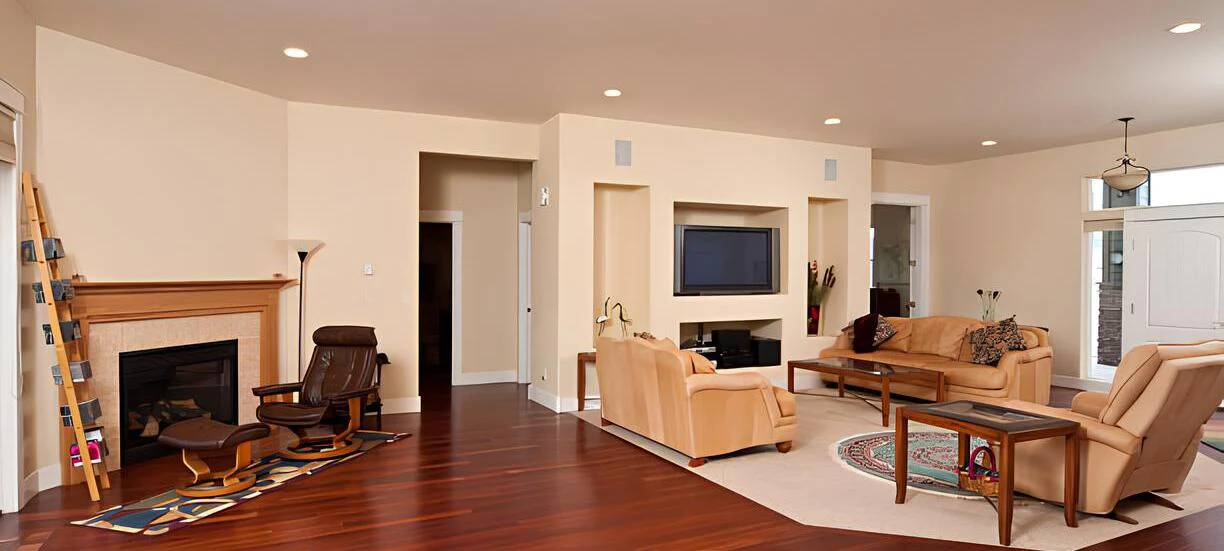
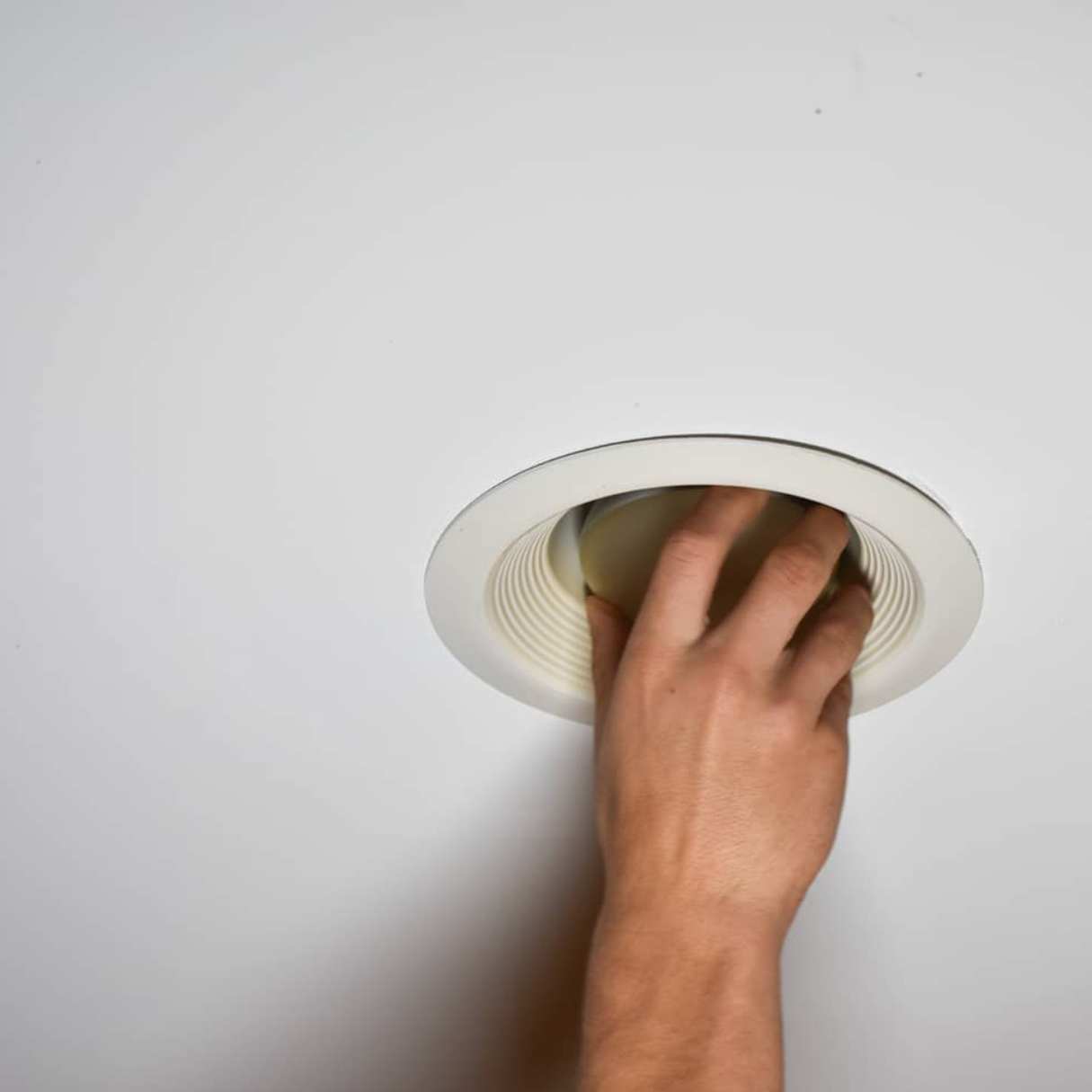
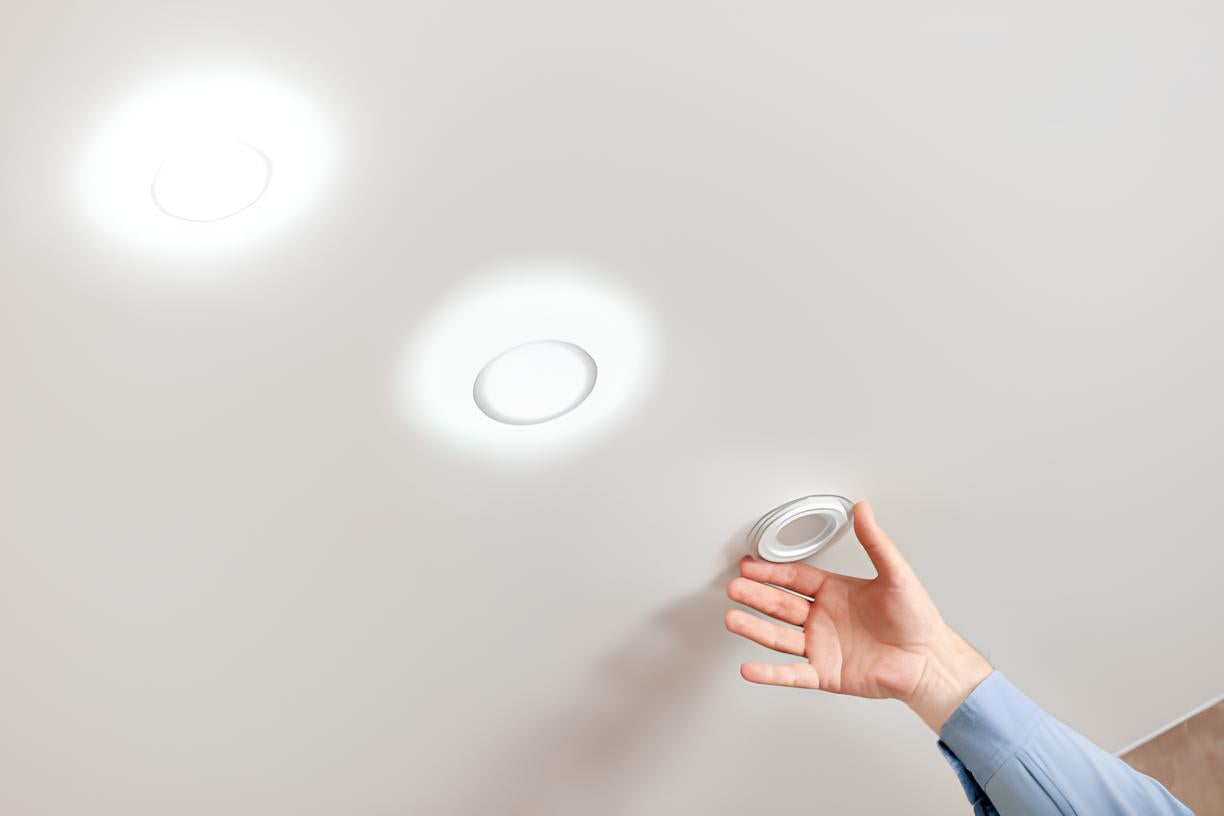
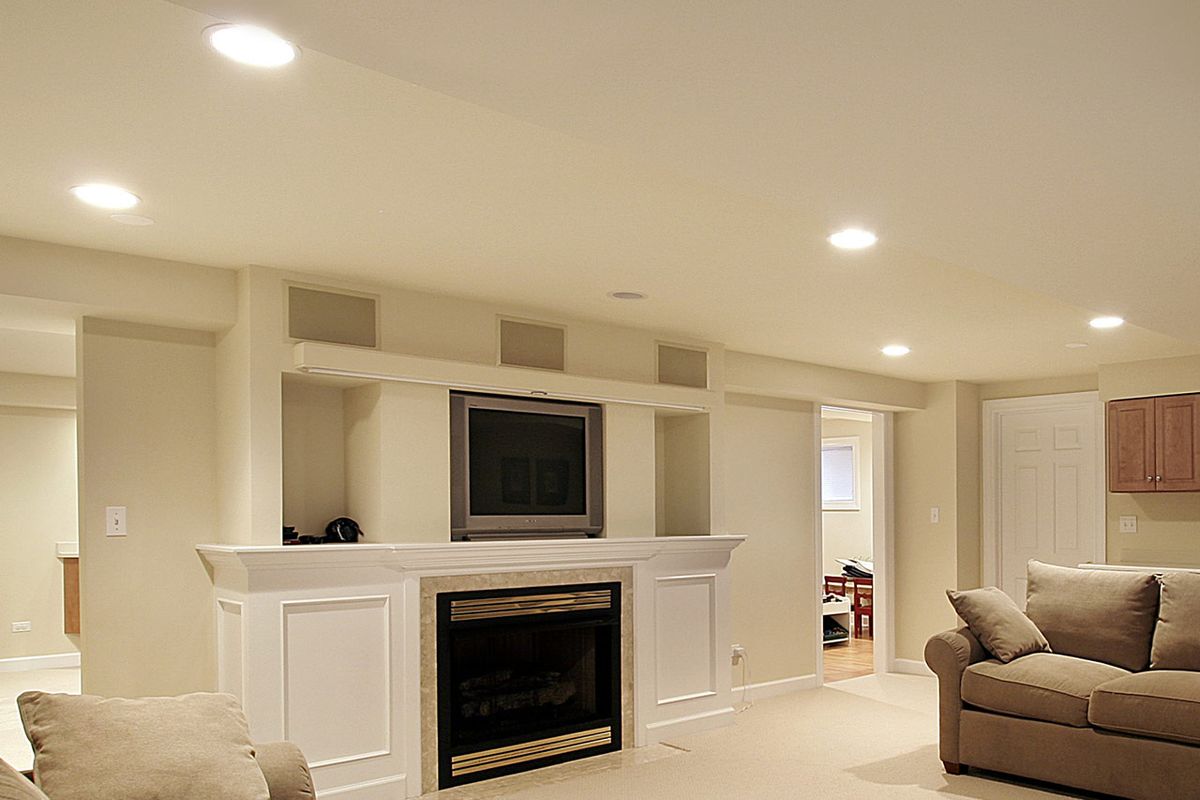
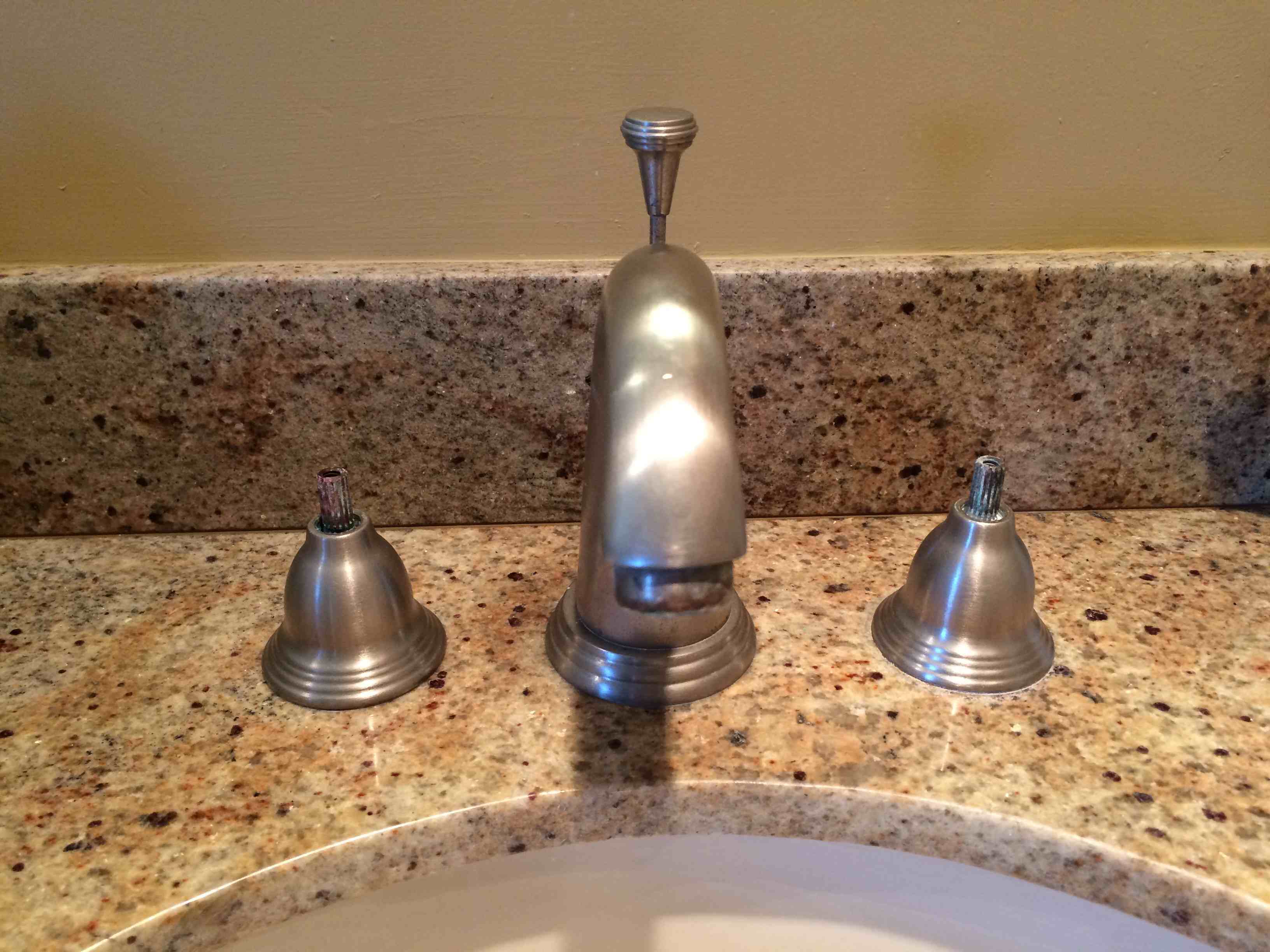
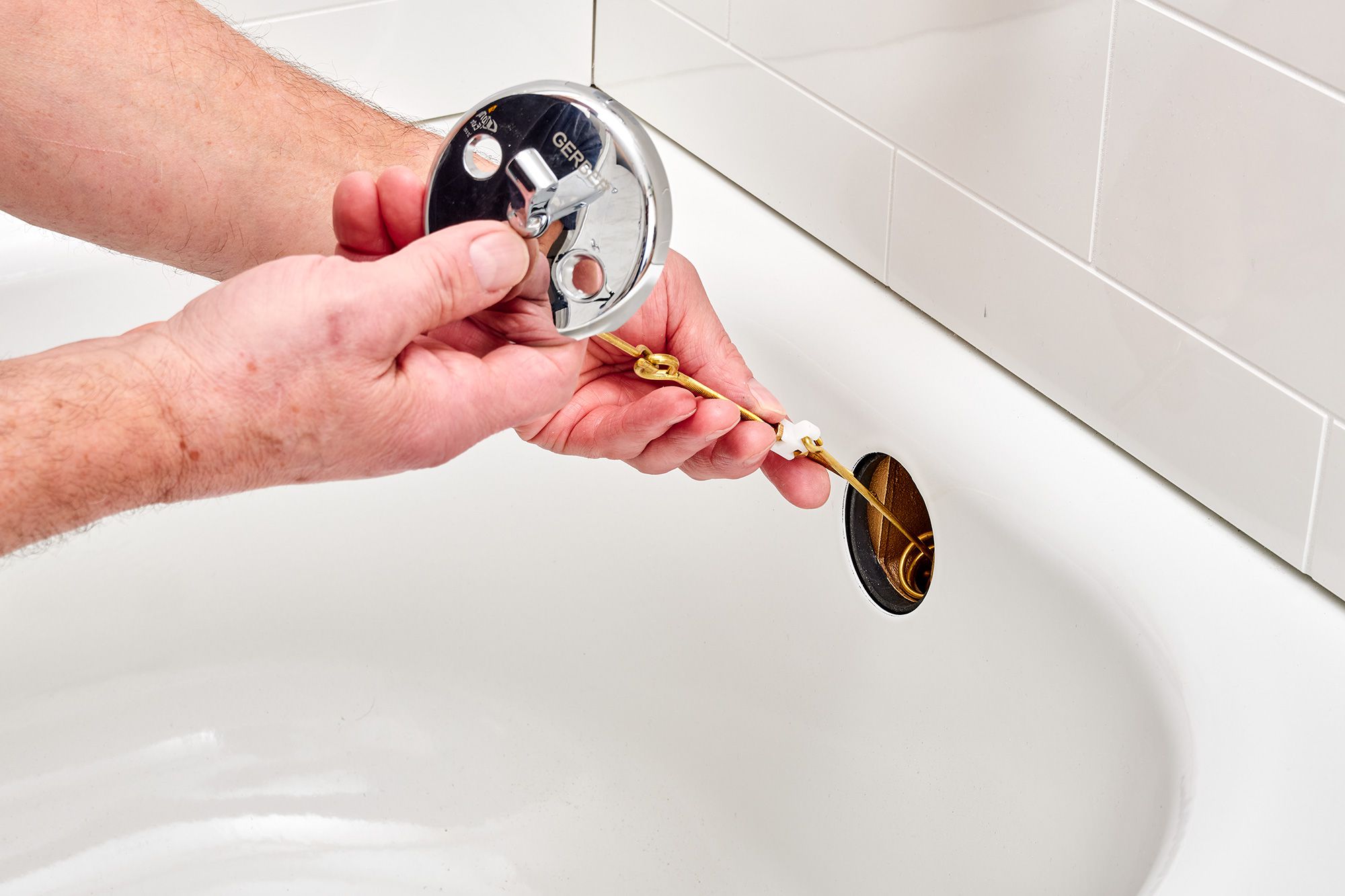
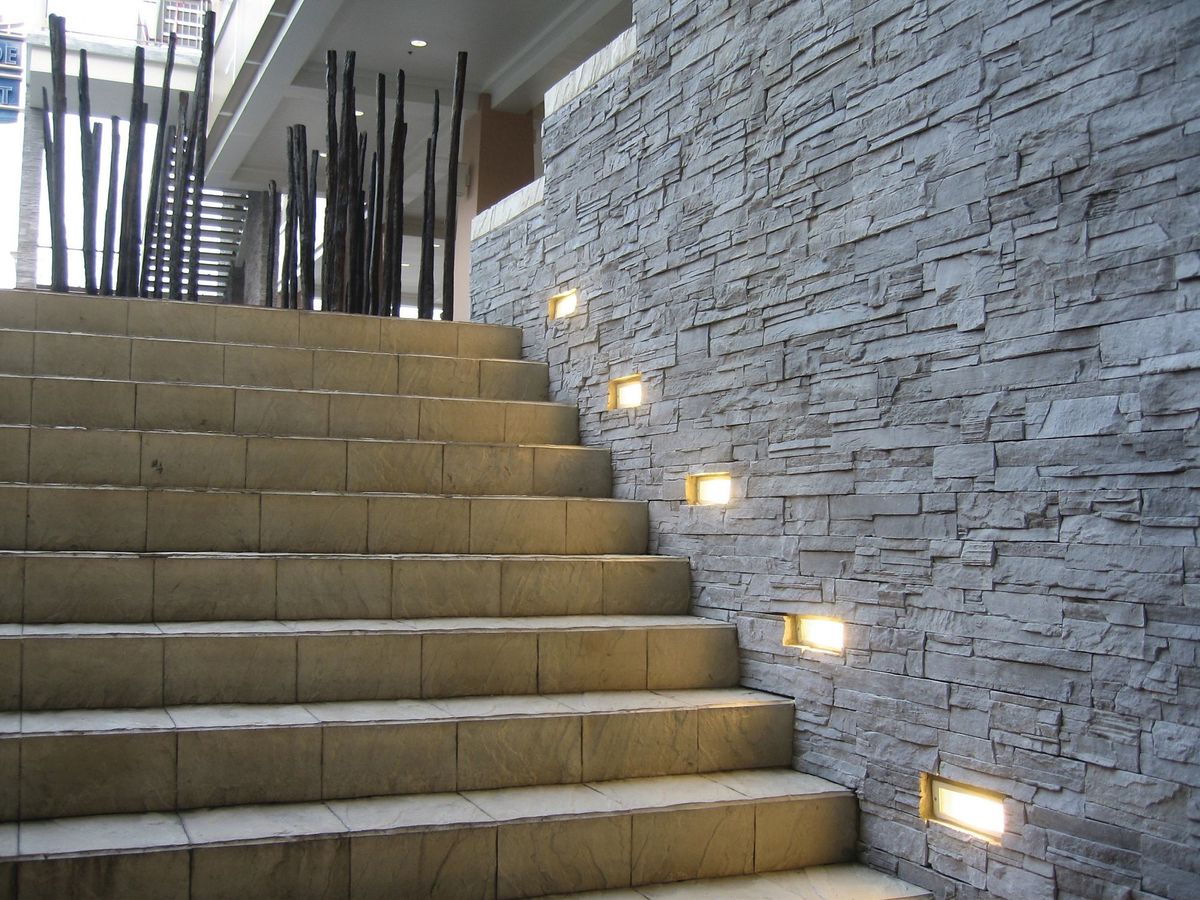

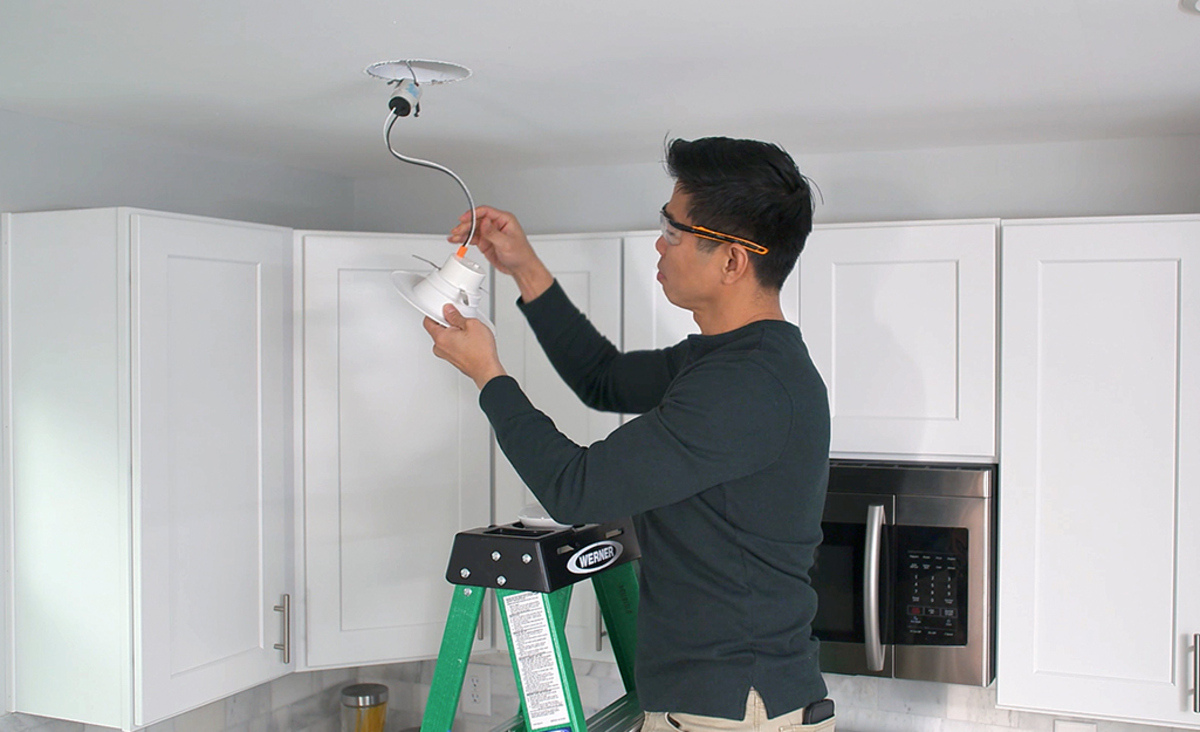
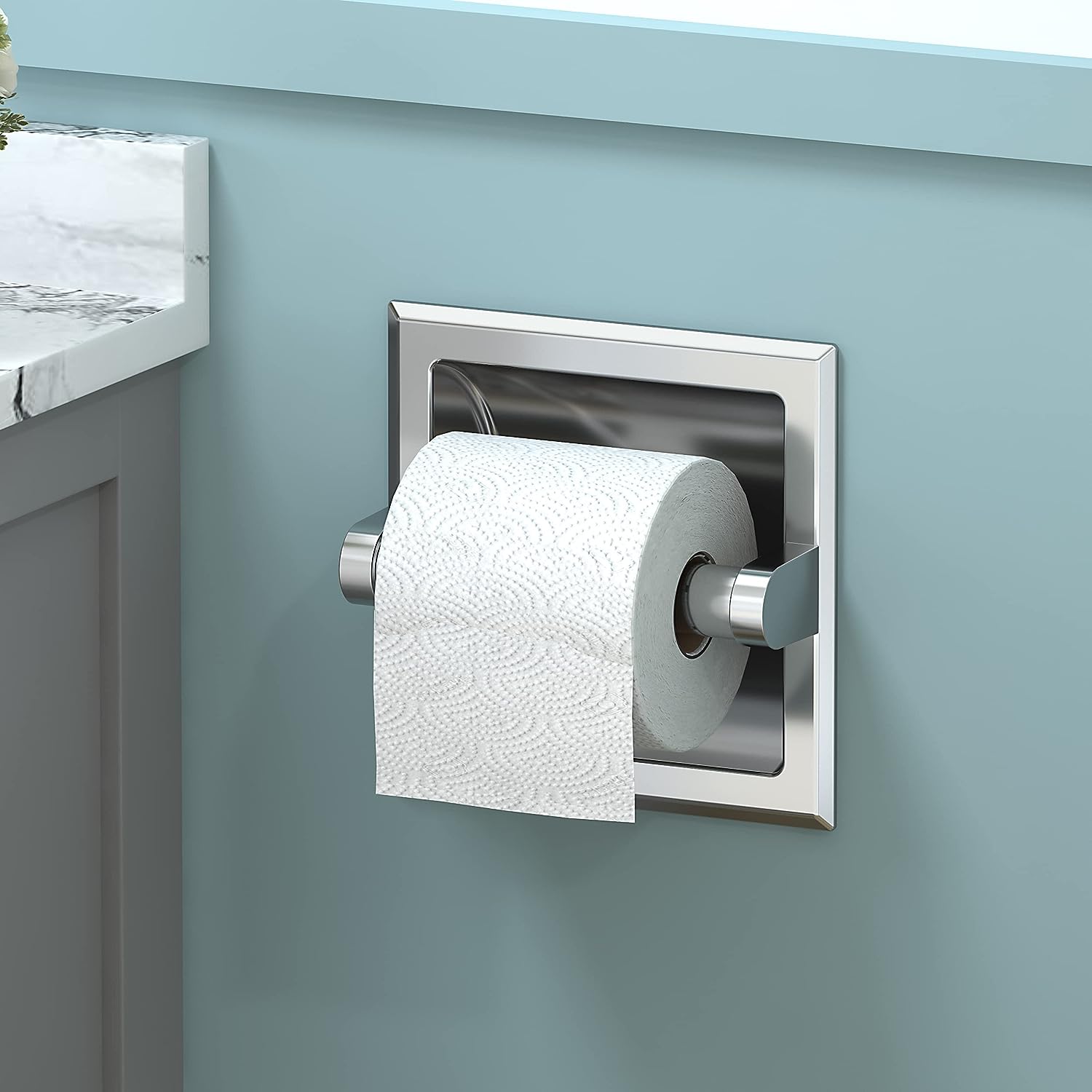
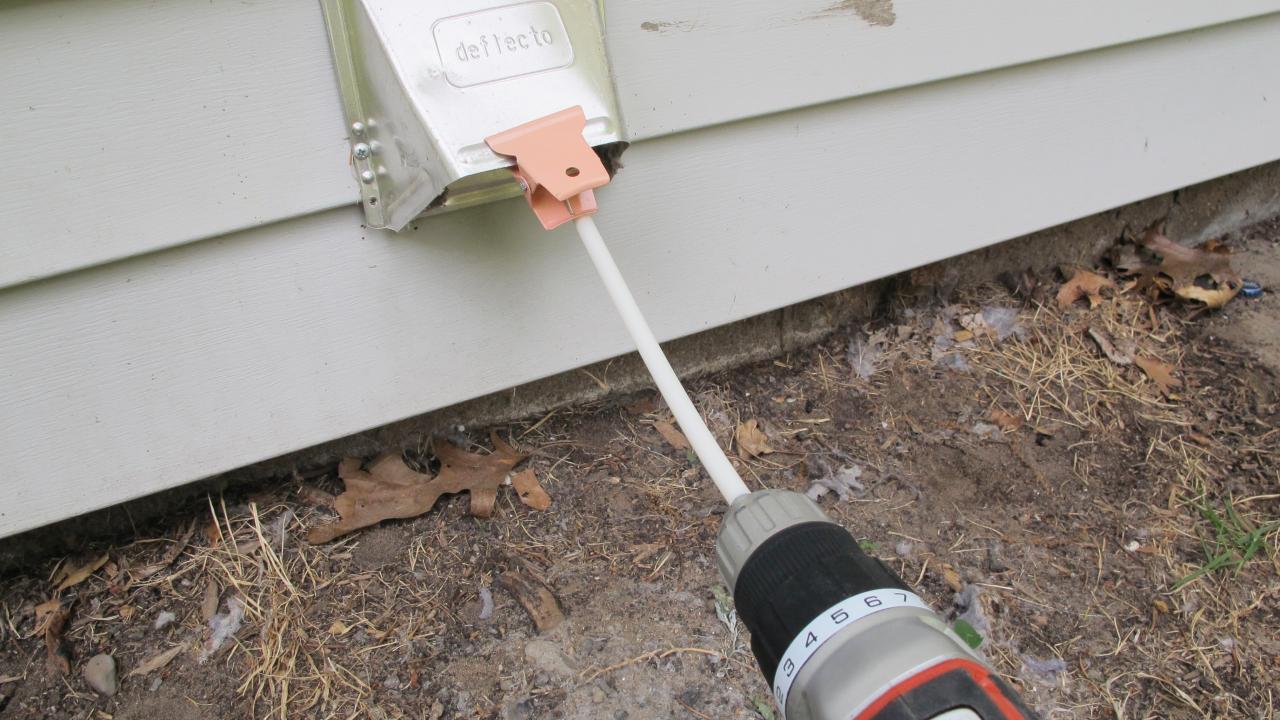
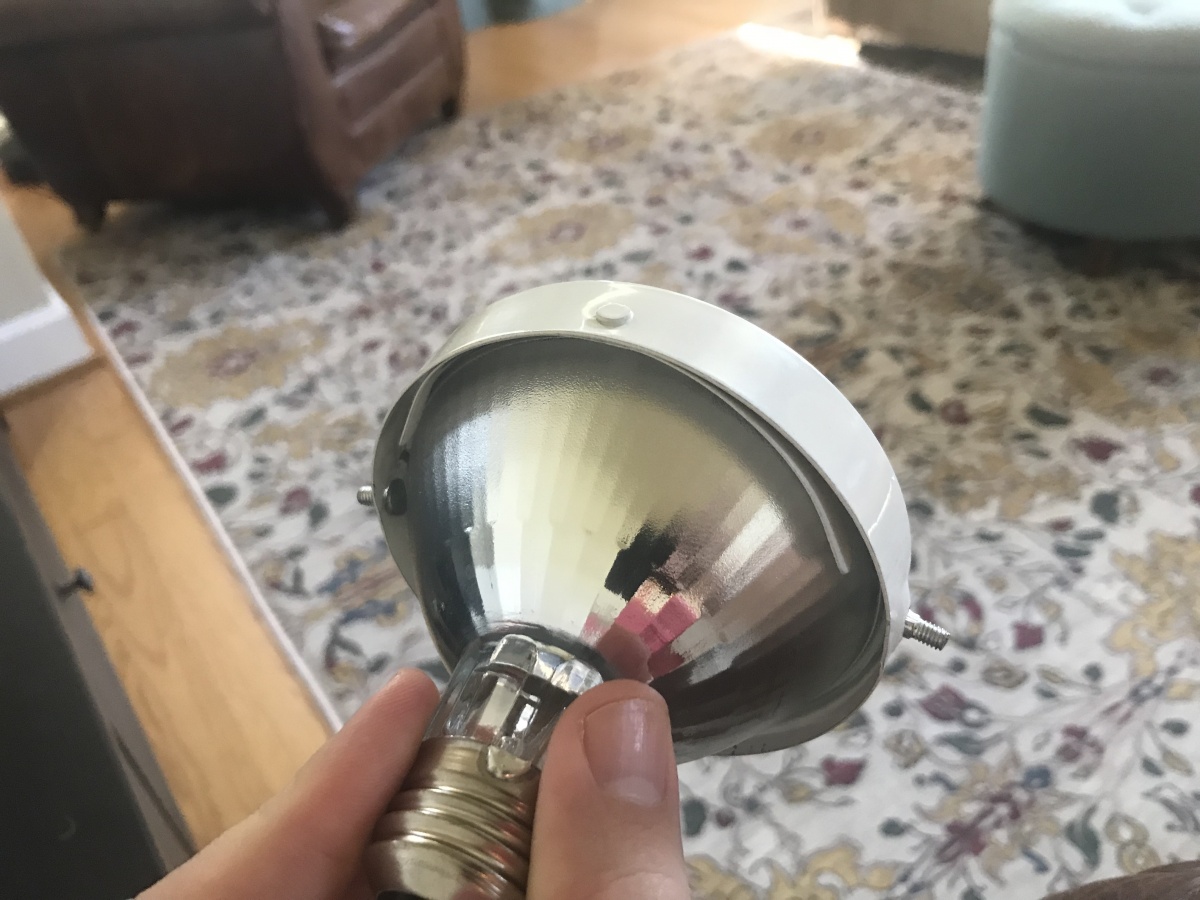

0 thoughts on “How To Remove A Stuck Light Bulb Recessed”